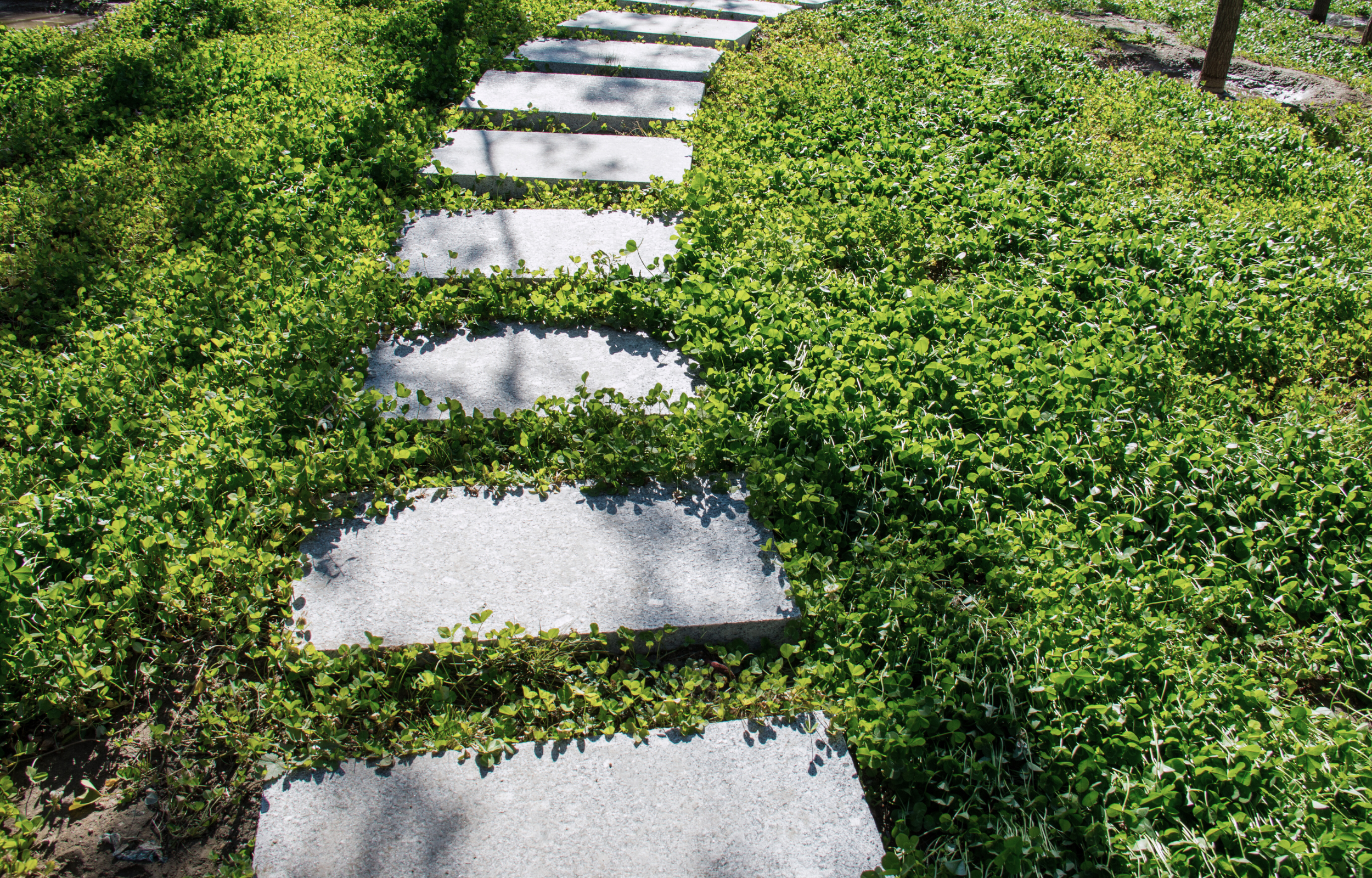Slippery Surface Sidelines Contractor

Bryan J. Smith, P.E., Construction Site Safety Expert
Case Summary: A painting contractor (Plaintiff) was walking down an exterior home walkway after dropping off a quote for work requested by the homeowner. It just started raining, so Plaintiff decided to take a different route back to his parked car when he tripped and fell over an unguarded retaining wall. As a consequence of his trip and fall, Plaintiff sustained serious injuries. No guardrail had been present at the incident location, which could have prevented his four-foot fall. It had been dark and raining and the adjacent exterior home lighting was not turned on.
Expert Analysis: Plaintiff stated that he was walking on a flagstone walkway back to his vehicle. He originally used a concrete sidewalk that bordered the large corner lot property to get to the front door of the house. Since it had started raining heavily just after he got to the porch, he decided to take the alternate flagstone side walkway as a shortcut back to his car. Just when he rounded the side of the house’s porch, he tripped over the edge of an unlighted and unguarded stone retaining wall and fell four feet to a concrete driveway below. The incident caused severe permanent injuries.
Defendant’s expert argued that the property was constructed prior to the adoption of the building codes, which required guardrails at every open walking surface that was 30 inches or more than adjacent lower surfaces, and hence it was “grandfathered” from compliance. He also argued that the flagstone pathway was not a “pathway” or even intended to be used as a walkway – but was in place solely for reason of erosion control of the sloped ground there.
A site inspection was completed, and it was determined that the flagstones abutted the front concrete sidewalk on a level area of the yard – hence they were not in place for use solely for erosion control. The flagstones lead directly from the front porch entryway, down the side yard along the stone retaining wall, ending at the concrete public sidewalk around the corner. The lower branches in the yard adjacent to the flagstone path were trimmed back to prevent their interference of a pedestrian who might be using that flagstone walkway. It clearly had been constructed for use as a walkway.
The local town code required all walkways be maintained free of hazardous conditions. Regardless of whether the condition of the unguarded retention wall was potentially grandfathered from compliance from the later adopted building code, the town code required continuous elimination of hazardous conditions. Therefore, the unguarded and unlighted pathway was not exempt from compliance with current building codes which identified conditions to be avoided – i.e., unprotected falls from heights of 30 inches or more and unlighted hazards. Plaintiff’s expert also identified the fall hazard potential to other people legally on the property, such as lawn maintenance personnel, from this and another unguarded retention wall on the incident property.
Result: Plaintiff accepted a generous settlement offer from the defense.
Categories: Case Studies | Construction Safety | Lt. Col. Bryan J. Smith | Premise LiabilityTags: Building Code | Code Compliance | Contractor | Flagstone | Hazardous Conditions | Site Inspection


